Jodhpur
MAGIC CITY
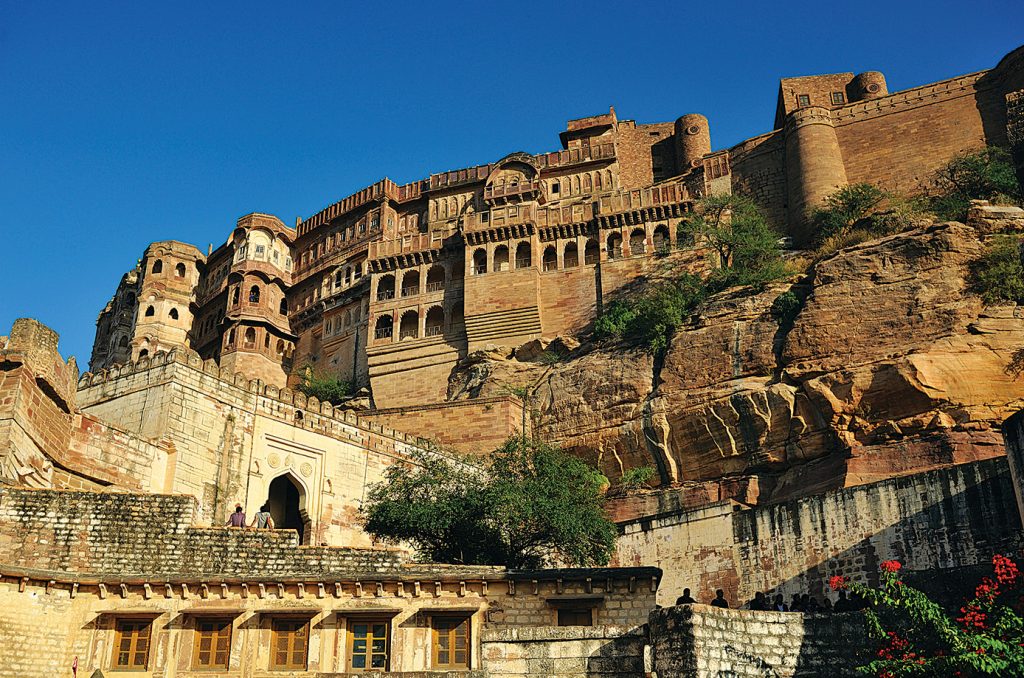
Jodhpur is also known as the ʻBlue Cityʼ due to the vivid blue-painted houses around the Mehrangarh Fort. The old city circles the Fort and is bounded by a wall with several gates. However, the city has expanded greatly outside the wall over the past several decades. The second largest city in the state of Rajasthan, it was formerly the seat of a princely territory of the same name, the capital of the kingdom known as Marwar.

Jodhpur is a beautiful tourist destination, featuring many palaces, forts and temples, set in the stark landscape of the Thar Desert. Jodhpur is usually sidestepped for the more romantic Udaipur or treated as a transit city onto the Thar and Jaisalmer by most tourists, which is rather unfortunate because it is worth going there for Mehrangarh alone. Of all the forts in Rajasthan, Mehrangarh, for me, beats every other bastion. It is the most majestic of the lot and massive in size and scale, and probably the best maintained. It inspired Satyajit Ray to shoot his classic childrenʼs film, Sonar Kella, in its benign shadows.

Certainly, Jodhpur is one of those places in Rajasthan where tourism has not quite caught on. Life inside the blue-washed walls of the old town still runs to a distinctly Indian rhythm. Donkeys share the streets with auto-rickshaws, fresh produce and recycled clothing fills the central market and food stalls line the streets as camels and cars pass by. However, is a relaxing, solitary but entertaining classic getaway on your wish list? Kalbelia dances, delightful puppet shows, mouth-watering ʻlaal maasʼ and the traditional paintings at the Ranbanka Palace in this historic Rajasthan town could provide the answer.
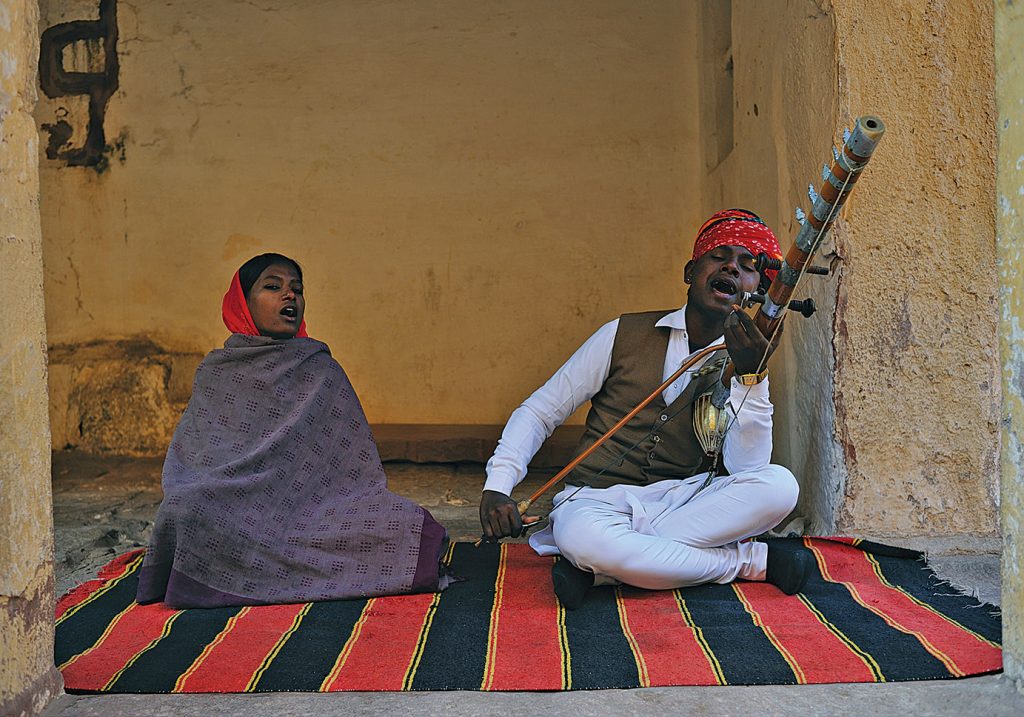
According to the Hindu epic Ramayana, composed up to 4th century AD, Abhiras or Ahirs were the original inhabitants of Jodhpur and later many Aryans spread to this region. Jodhpur was also part of the Gurjara/ Pratihara Empire and until 1100 CE was ruled by a powerful Bargujar King. The city, as we know it today, was founded in 1459 by Rao Jodha, a Rajput chief of the Rathore clan. Jodha succeeded in conquering the surrounding territory and thus founded a state which came to be known as Marwar. As Jodha hailed from nearby Mandore, that town initially served as the capital of this state. However, Jodhpur soon took over that role during the lifetime of Jodha himself. The city was located on the strategic road linking Delhi to Gujarat. This enabled it to profit from a flourishing trade in opium, copper, silk, leather shoes and sandals, date palm and coffee.
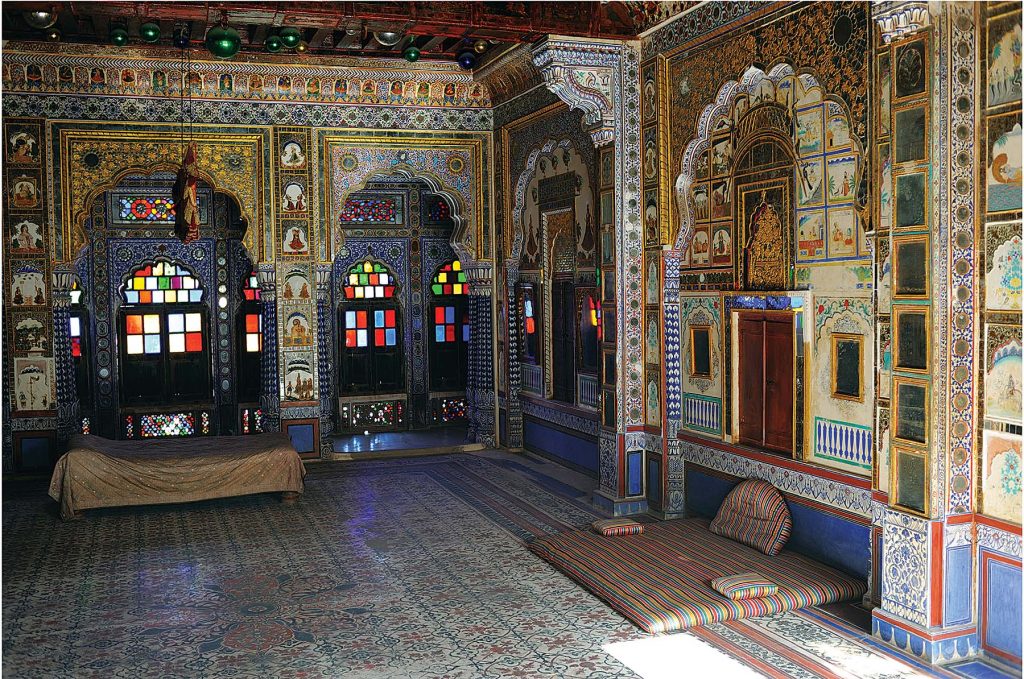
Early in its history, the state became a fief under the Mughal Empire, owing fealty to them while enjoying some internal autonomy. During this period, the state furnished the Mughals with several notable generals such as Maharaja Jaswant Singh. Jodhpur and its people benefited from this exposure to the wider world. New styles of art and architecture made their appearance and opportunities opened up for local tradesmen to make their mark across northern India.
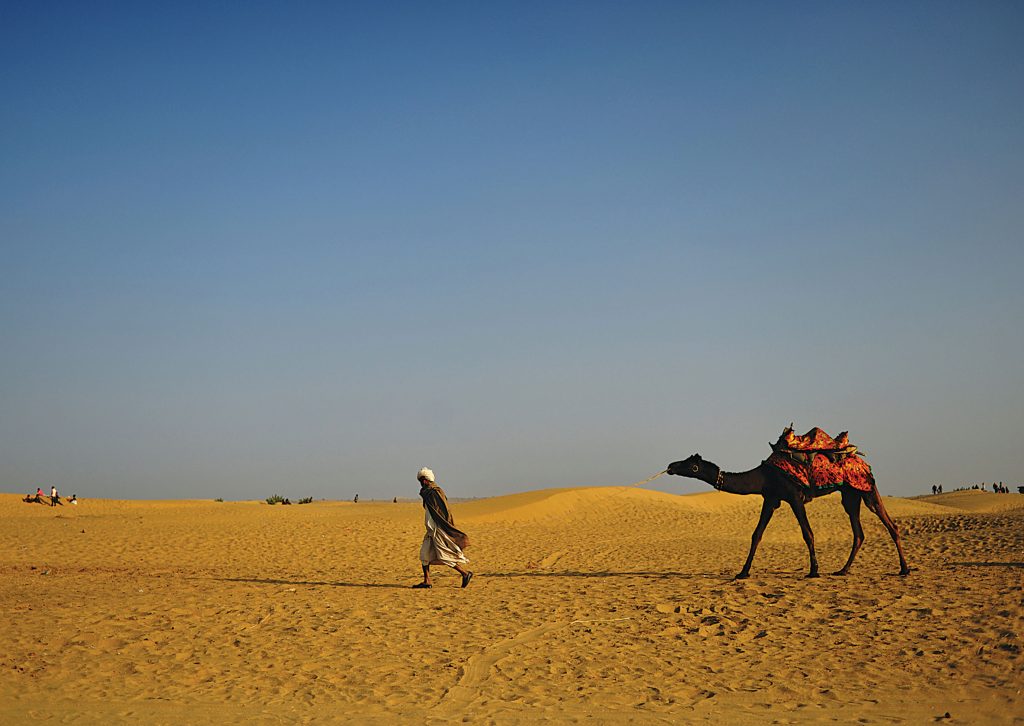
Aurangzeb briefly sequestrated the state in 1679 on the pretext of it being a minority region but the rightful ruler, Maharaja Ajit Singh, was restored to the throne by Veer Durgadas Rathore after Aurangzeb died in 1707. Thus a great struggle of 30 years finally came to an end. The Mughal Empire gradually declined after 1707 but the Jodhpur court was beset by intrigue; rather than benefiting from the circumstances, Marwar descended into strife and invited the intervention of the Marathas, who soon displaced the Mughals as overlords of the region. This did not make for stability or peace. Several years of wars and treaties dissipated the wealth of the state, which sought and gratefully entered into a pragmatic subsidiary alliance with the British in 1818. During the British Raj, the state of Jodhpur had the largest land area in Rajputana. Jodhpur prospered under the peace and stability that were a hallmark of this era. Its merchants, the Marwaris, flourished and came to occupy a position of dominance in trade across India. In 1947, when India became independent, the state merged into the union of India and Jodhpur became the second city of Rajasthan.
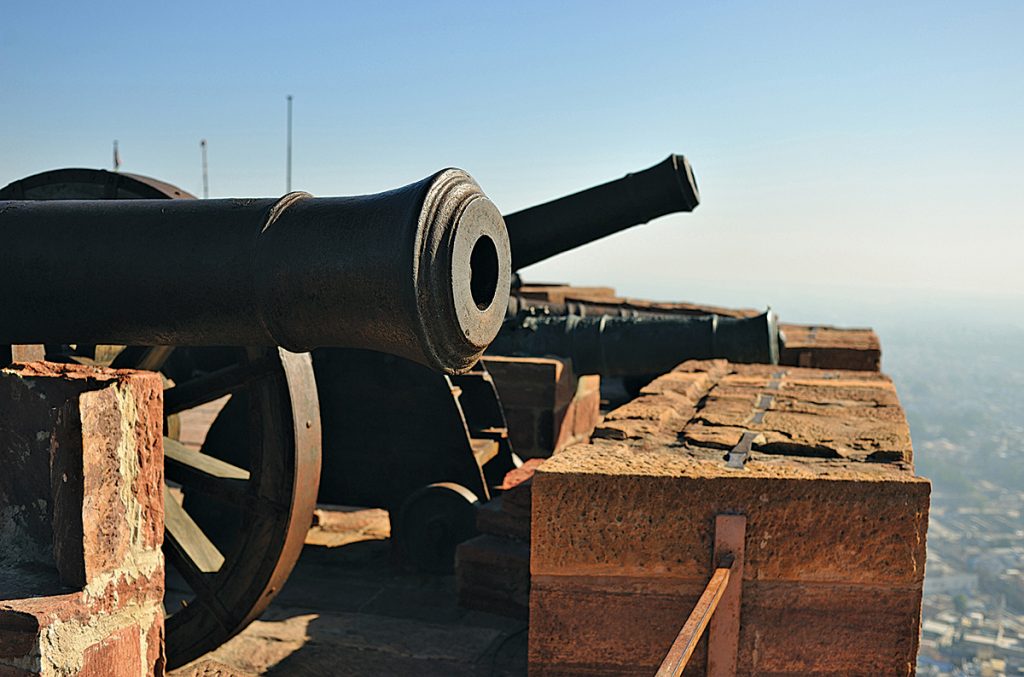
Jodhpur is the most important city of western Rajasthan and lies about 250 kilometres from the international border with Pakistan. This location makes it an important base for the Indian army, Indian Air Force and Border Security Force. Rich in history, Jodhpur is one of the most vibrant cities to explore in Rajasthan. Music, food, art and language blend perfectly to give you a unique experience that is very distinct to this region. The city is famous for its food and folk musicians of the Thar Desert. Gypsies can be found in many parts of the city entertaining tourists. The beautiful historic buildings like the Umaid Bhawan Palace and Jaswant Thada have been featured in some big movies of Bollywood. More recently, there have been many high profile celebrations organised in the city including many celebrity weddings. This has given an impetus to a nascent lavish wedding industry and also increased tourist footfalls.
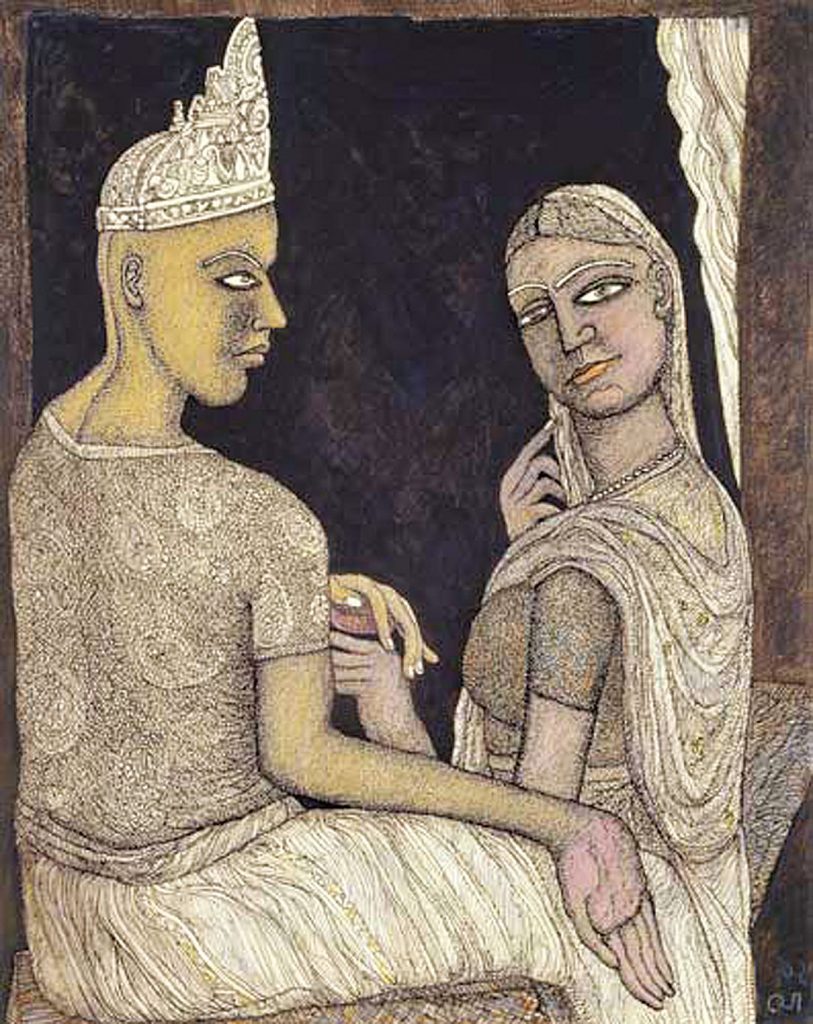
Jodhpur is also famous for a number of Indian delicacies like Makhaniya Lassi (buttermilk thickened with butter), Spicy Mirchi Vada (a preparation made with potato, onion, chillies and gram flour), Dal BatiChurma (dal is lentils, bati is baked wheat ball and churma is powdered sweetened cereal), Lasan Ki Chutney (a fiery garlic chutney), Gattey Ki Sabzi (A delicacy prepared with gram flour balls, curd and spices), Ker Sangri Sabzi (also known as Pachkutaa – the five ingredients of Pachkutaa are sangri, ker, kumatiya, dried goonda and dried red chillies), Raab (pearl millet flour and yoghurt curry) and many other wonderful savouries and sweets.
Colourful and chaotic, mysterious and exotic, Jodhpur is a fairytale city, rich in history and culture and a paradise for those who want to explore its forts, palaces, bazaars and bylanes.

